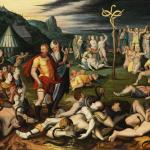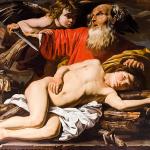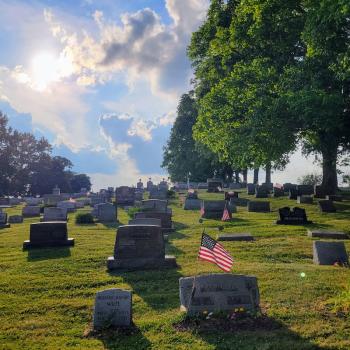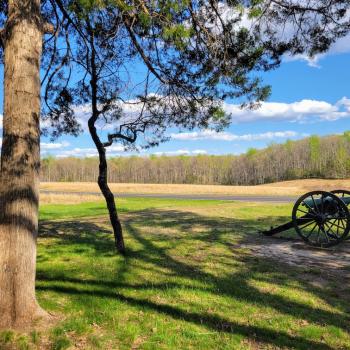Moral imagination can be as important to training the conscience as logic, and probably more so for some. This metaphor of a hedge maze with God at the center is offered to help readers better understand progress through the Christian life, sin of various kinds, and the grace of being within the shelter of the Church and its teachings and Sacraments.

Imagine the Christian life as a hedge maze garden. At the center is the fountain of God’s pure Presence and eternally flowing Love. The goal is to reach the center, not just wander about, but it is not a straight path to get there. In the moral life, we are constantly presented with a range of choices that are limited by factors beyond our control. Sometimes there is no choice at all, except to sit still or walk in one direction. Other times we have a few or several different options, and we have to pick one and see where it leads. There are multiple paths to the center, but there are dead ends too. The dead ends are not the wasteland, and they may be the result of lacking knowledge, or barriers erected by others, not necessarily personal sin. The right response to discovering a dead end is to backtrack to a decision point and then try a different direction. If we just stop and despair at our error, we will never advance closer to the Fountain.
The ordinary way of advancing through the maze is by use of our conscience, reason and senses. Conscience is our basic understanding of the rules of the maze: the goal is to get to the Fountain at the center, we can’t climb over or through the hedges, especially not by stepping on someone else’s back, but we can ask others for directions. We can see and hear the Fountain rising above the hedges in the center, so we have a general idea of which direction we need to be going, or at least, if we are generally moving toward or away from God, though our lateral choices may remain ambiguous in their usefulness for quite some time. This is Christian freedom: the freedom to move through the maze, to find different paths, to discern whose advice we will follow, and to not despair over God’s love for us when we encounter dead ends, but to turn around and resume our quest.
There is sin in this garden too. St. Teresa of Avila in The Interior Castle uses the analogy of lizards and snakes that occupy the castle of the soul to describe temptations, and I think that image works as well for the garden maze…












